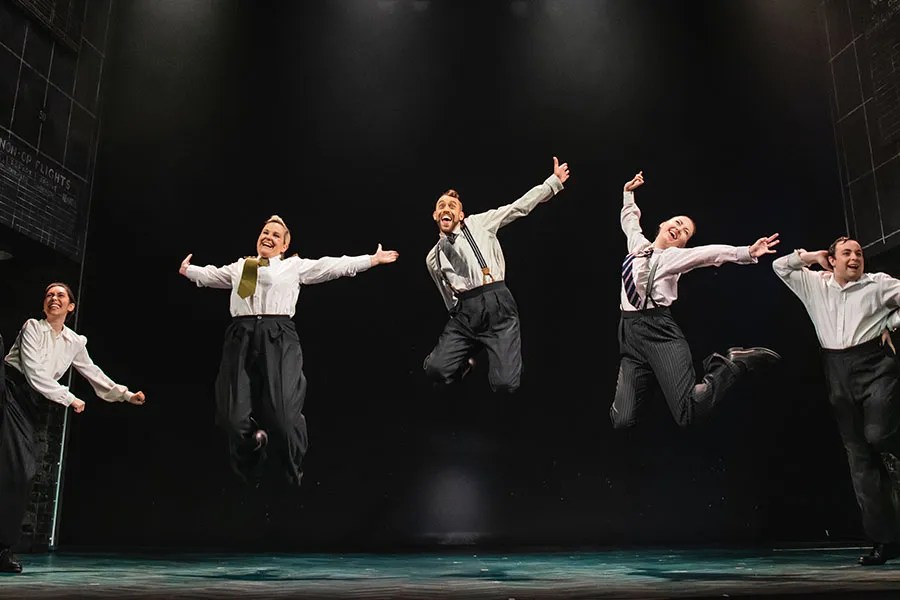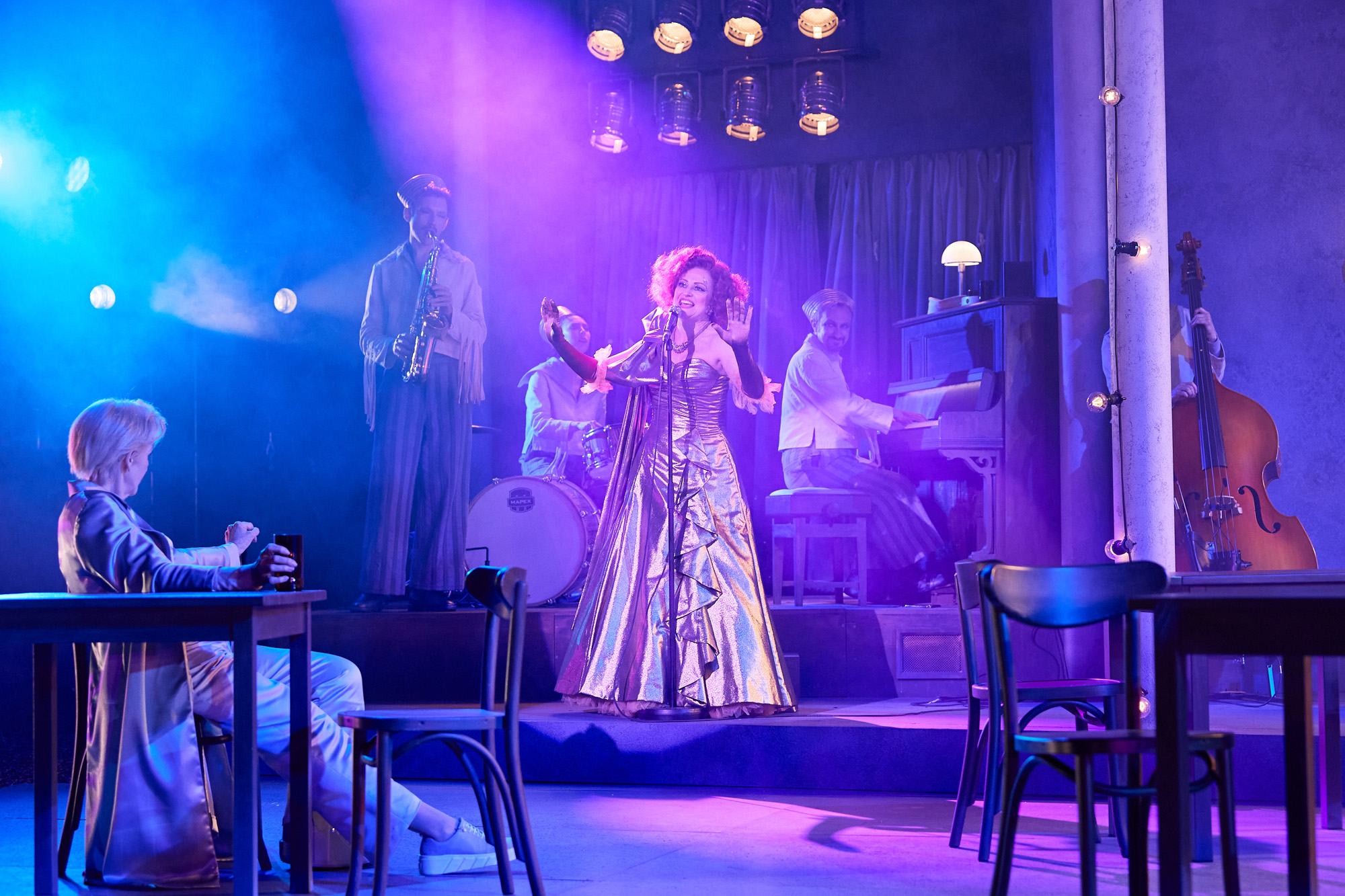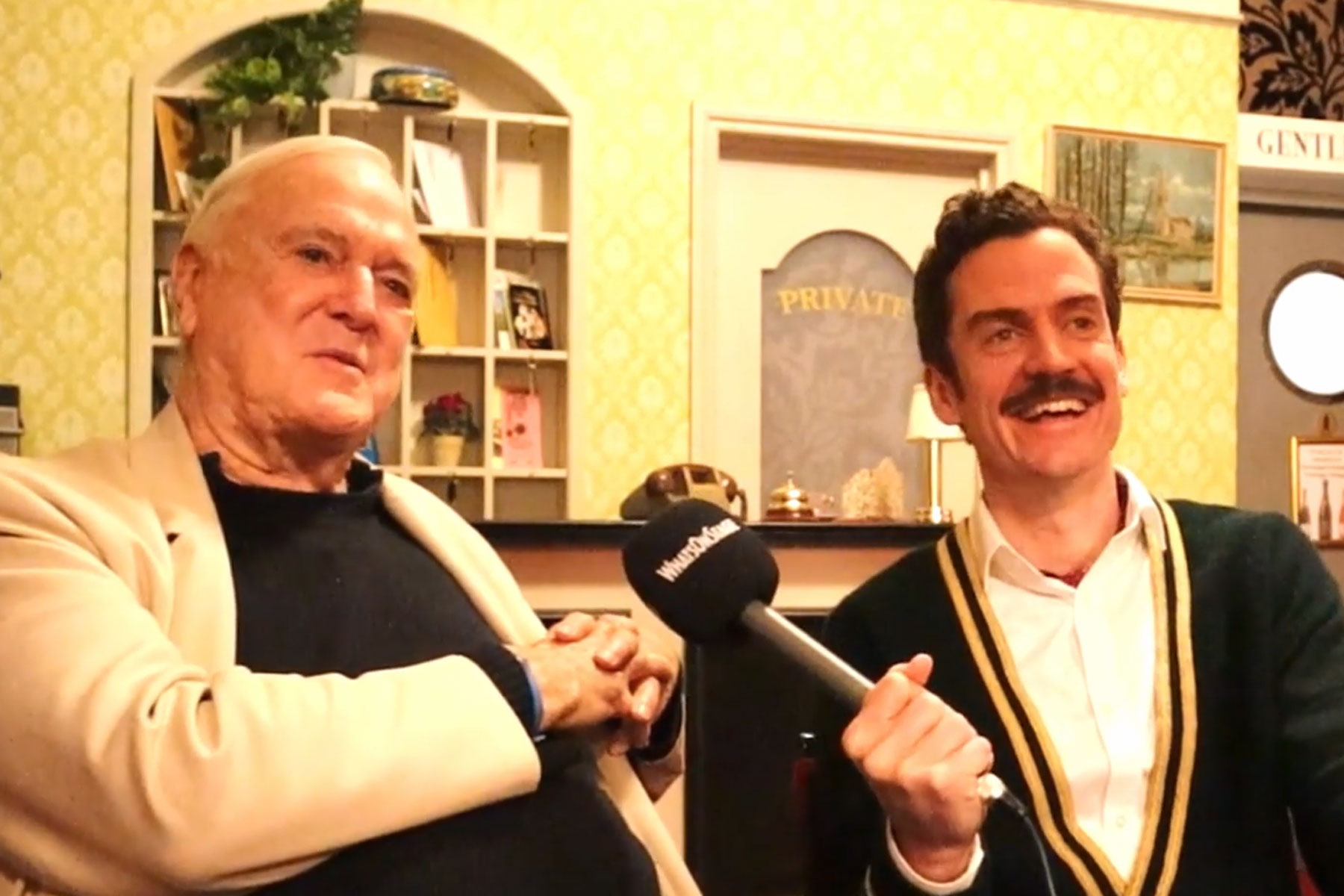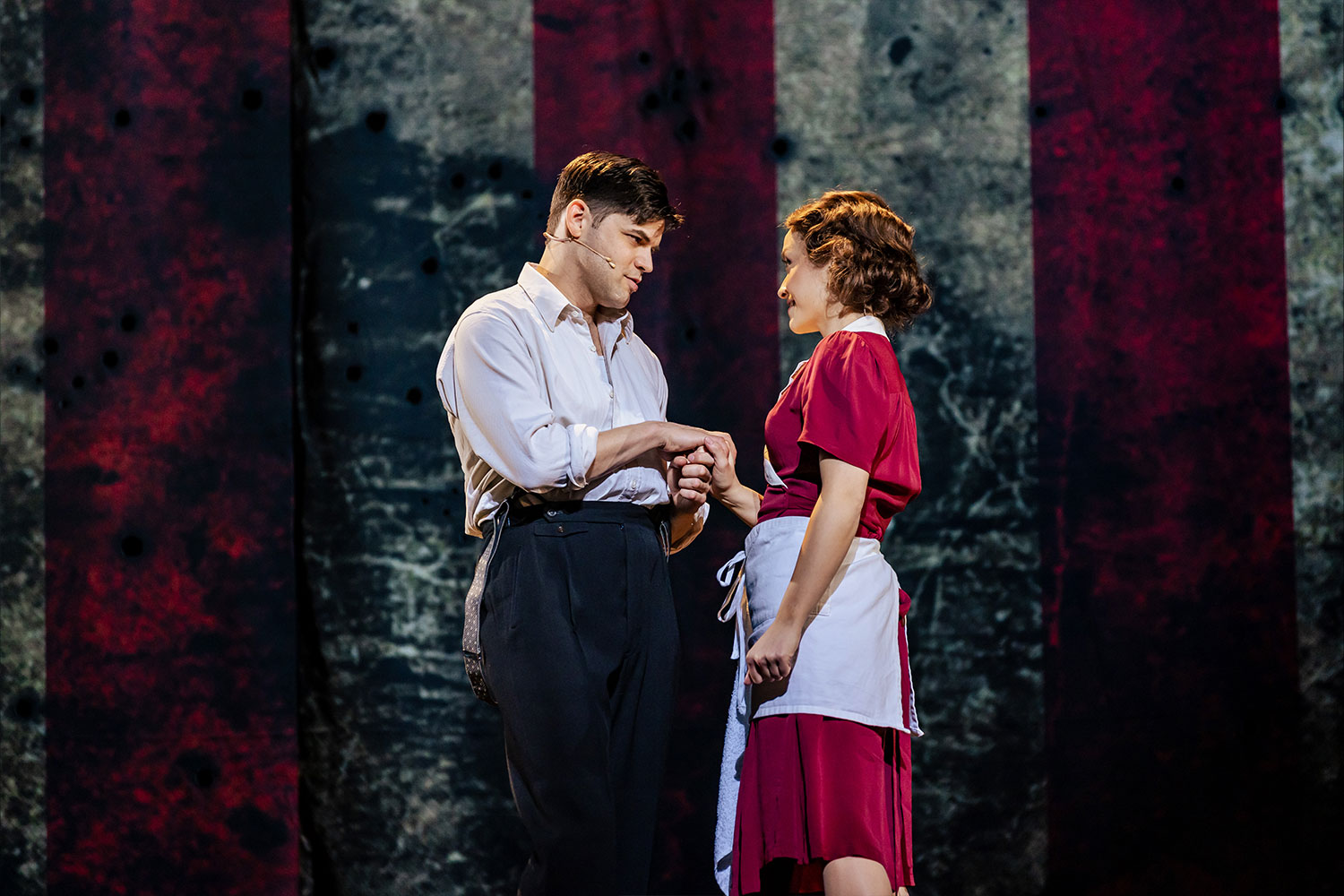The Hip History of the Hippodrome
Along with the roar of the greasepaint and smell of the crowd, there’s a whiff of theatrical déjà vu since La Clique made its London home at the Hippodrome earlier this month. A regular visitor to Edinburgh during the Festival season, La Clique’s hip mélange of cabaret, burlesque and circus sideshow arrives at this landmark entertainment venue in the heart of Theatreland with performers such as Norwegian contortionist Captain Frodo; the English Gents performing feats of human strength; PVC-clad sword-swallowing Miss Behave; and Mario, “Queen of the Circus”, from New York’s alternative comedy scene.
Wind back to the Hippodrome’s opening night on 15 January 1900 and you might have paid five shillings (25 pence) to sit in the stalls (long since demolished) and enjoy the hippest mix of circus, variety and burlesque in town, including Mlle Arniotis (“Queen of Athletes”), the Brothers Permano (“imitating the nightingale’s courtship”), Miss Godlewski’s “feats on horseback” and Herr Julius Seeth and his “20 forest-bred lions”, before a performance of Giddy Ostend, an epic aquatic extravaganza performed in a tank created by lowering the vast arena stage and filling the area with 10,000 gallons of water.
In its early years, a typical Hippodrome twice-nightly bill would conclude with a similar watery wonder after a succession of novelty acts – from comical acrobats and pygmies performing a war-dance to an “Armless Wonder” playing the violin and “Gibbons’ Phono-Bio-Tableax”, an early combination of live sound and moving pictures. Eleven-year-old Charlie Chaplin played a cat in Cinderella, the Hipppodrome’s first pantomime, performed in five scenes and ending in an aquatic display.
Designed for impresario Sir Edward Moss, the 3,000-seat Hippodrome was a triumph for prolific theatre architect Frank Matcham – a terracotta palace with a sumptuous marble, gilt and mosaic interior where the seating could be adjusted to suit both arena and proscenium action and the eight foot-deep central tank hydraulically raised and filled within a minute for elaborate spectacles, often involving live sea lions, polar bears and even elephants, while divers would plunge from the sliding roof.
By 1909, public entertainment taste had shifted. Matcham altered the stage and seating arrangements to present variety, revue, ballet (including the first English production of Tchaikovsky’s Swan Lake) and musicals such as The Five O’clock Girl (with John Mills making his stage debut as a chorus boy) and Ivor Novello’s smash-hit Perchance to Dream.
In drab post-war London the Hippodrome changed yet again, providing a touch of glamour as a kind of Moulin Rouge and Paris Lido rolled into one (in 1947’s Starlight Roof, the first appearance of a 12-year-old girl singer sensationally stopped the show: her name was Julie Andrews). By the mid-1950s the entire building was badly in need of renovation and like so many ornate theatres built in the Matcham era, it was fast becoming redundant and ready for demolition.
But in 1959, as affluence took off in “never had it so good” Britain, the Hippodrome was taken over by impresario Bernard Delfont and restaurateur Charles Forte and converted into a cabaret restaurant – the Talk of the Town – where for two guineas (£2.10), you could enjoy a swanky night out. To achieve the swank, Matcham’s Flemish renaissance interior was ripped out, the gallery shut off with a false ceiling and the dress circle became a mezzanine dining area, with staircases each side leading down to a dance floor and the main restaurant. Eartha Kitt was the first to fill the 11pm star spot (following a Follies Bergere-style floor show at 9pm), while over the next 20 years Judy Garland, Maurice Chevalier, Ethel Merman and Tom Jones were on a long list of big names who made the Talk of the Town London’s most popular cabaret night spot.
Yet again, entertainment tastes changed and the Talk was becoming tatty. But in 1983, nightclub owner Peter Stringfellow took over the building, gave it back its name and turned the Hippodrome into “the world’s greatest discothèque”, which also went through various incarnations until 2004, when a new management briefly transformed it into ‘Cirque at the Hippodrome’, with a burlesque theme.
And now, after yet another incarnation as an event space for private parties and corporate hire, the Hippodrome is a Grade II listed gem and has recently undergone a restoration taking it back to some of the original Matcham features. And with La Clique, burlesque, circus and variety is back too, with a contemporary twist. The limelight won’t fall on nightingale impressionists or feats on horseback from this motley circus and new burlesque. But La Clique certainly puts the hip back into the Hippodrome.
What happens next?
Since this article was first written and since La Clique opened on 10 October, the future of the Hippodrome as a performance venue has become seriously jeopardised. An application for a license to convert the Hippodrome into a casino has been approved – and could come into effect as early as next spring. Previous applications have been rejected because of the Hippodrome’s historic status, but this time United Leisure Gaming has managed to push it through. The current managers are appealing the decision of the gaming justices.
La Clique opened on 10 October 2008 (previews from 2 October) at the Hippodrome, where it’s currently booking through to 1 February 2009. The company will help present the Launch Party for the 2009 Whatsonstage.com Theatregoers’ Choice Awards, which takes place at the Hippodrome on Friday 5 December 2008. For more information on the exciting line-up for the launch, click here.
A version of this article appears in the current October issue of What’s On Stage magazine, which is available now in participating theatres. Click here to thumb through our online version. And to guarantee your copy of future print editions – and also get all the benefits of our Theatre Club – click here to subscribe now!!










